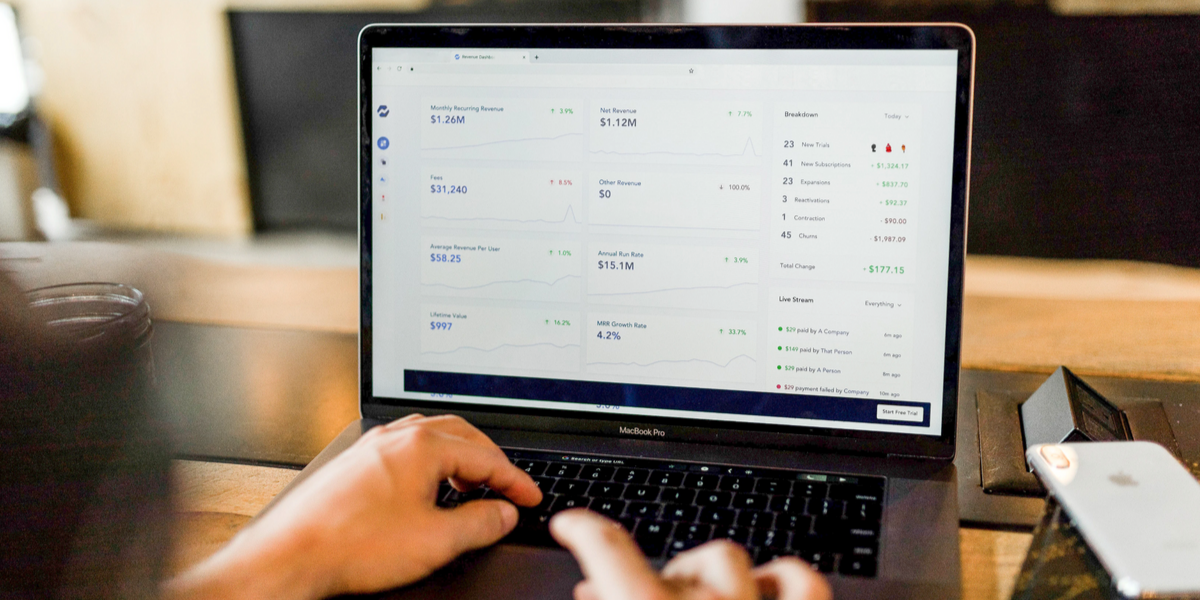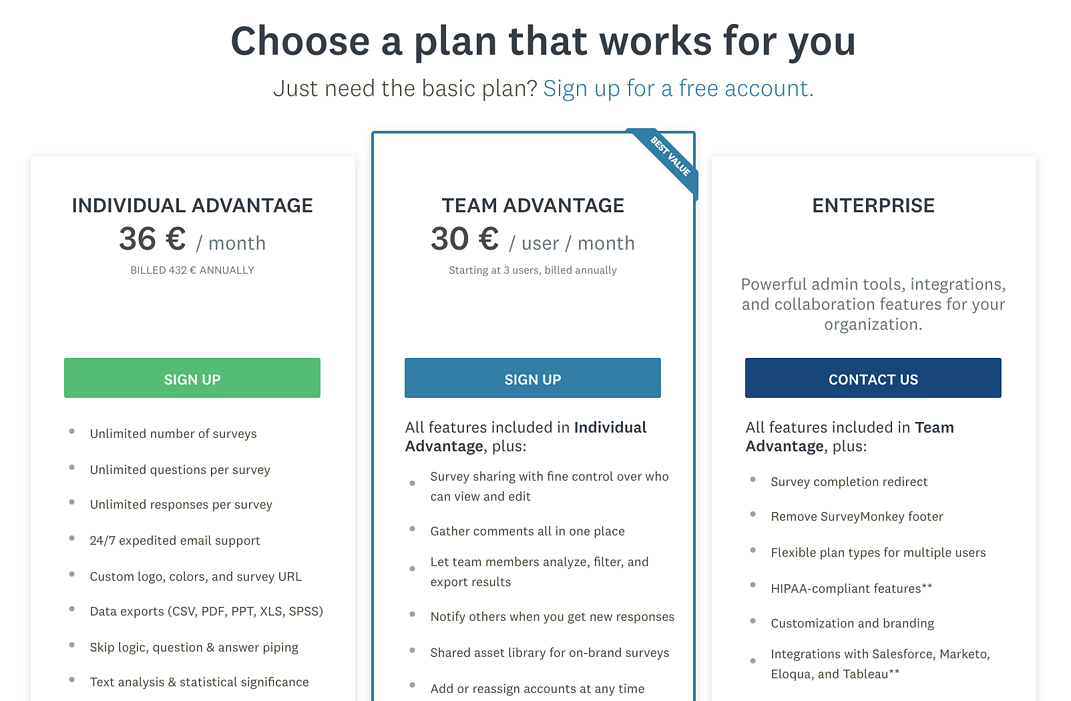SaaS pricing: what are the various options in 2019?


.png)

Whether your SaaS solution is under development or in production, you are faced with a decision on what pricing structure to offer to your current and future customers. Here are number of different options available to you.
A SaaS solution can be acquired through flat rate pricing: a single price for a single product, loaded a set of well-defined functionalities.
This type of pricing has a number of similarities with the software license model used before the Cloud became available. However, monthly billing is generally offered today, which gives customers flexibility that they appreciate.
The more the customer uses your service, the higher your revenue.
This pricing plan, known in English as “Pay As You Go”, ties the cost of your SaaS solution to its use by the customer.
For example, it is easy to record the number of transactions processed or the volume of data use in gigabytes and to invoice accordingly based on a rate schedule. This approach is not reserved only to companies offering infrastructure services or platforms and it is possible to adapt this pricing model to a number of applications, such as social media tools or on-line accounting apps.
This basic model is used by many companies offering SaaS solutions.
Several pricing tiers are offered to the customer: each tier corresponds to a specific “flat” rate, providing a specific combination of features and functions.
The number of flat rates offered varies widely: the most common approach is to offer 3 pricing levels (low, medium, and high).
Within this pricing arrangement, the most common approach is pricing based on features and functions. The lowest tier has all the core functionalities and the next two tiers each unlock a set of additional functions and features.

Per-user pricing, or pricing per seat, is without a doubt the preferred SaaS pricing model. A single user pays a fixed monthly price. A second user doubles the price, a third triples the price, and so on.
This simplicity allows customers to easily visualize the cost per seat and permits the SaaS undertaking to manage and accurately forecast its revenue.
A variation on this pricing model, pricing by active user, allows the customer to enroll as many users a possible while being guaranteed that they will be billed only for active users.
Under the freemium pricing model, a product is provided free of charge. The product can then be supplemented by a package of add-ons for which there is a charge.
Free entry-level pricing is limited to certain aspects: limited functionality: restricted capacity or a specific use authorization, such as one for in-house only that is not meant for customer management.
Accordingly, users are encouraged to subscribe for one or more packages in order to benefit from a particular level of use of the SaaS solution.
You have a fairly wide range of choices when it comes to pricing your SaaS solution. Belighted is there not only to help you with developing or upgrading your software but to help you select your pricing model by drawing on its expertise in this domain.
As a world-recognized SaaS specialist, Belighted is able to provide you with the best advice tailored to your objectives and financial imperatives.